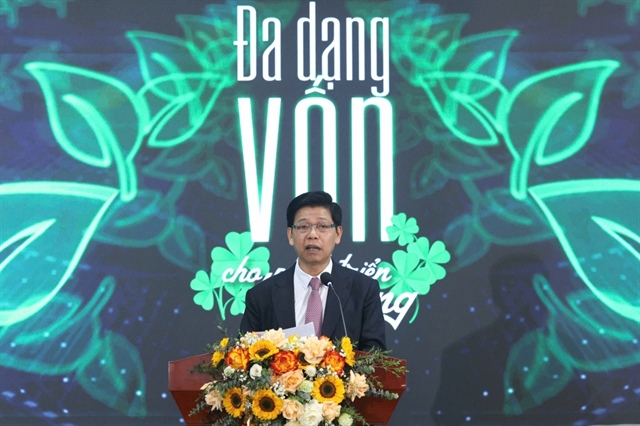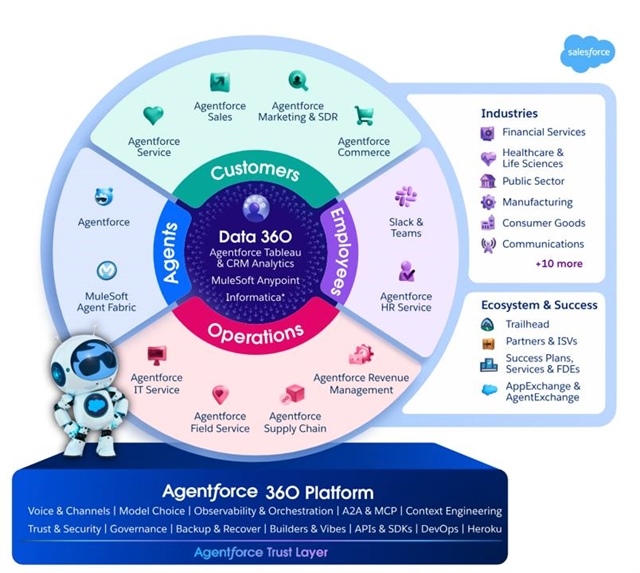Gov’t looks to cut special inspections red tape
Gov’t looks to cut special inspections red tape
Local enterprises are spending around 28.6 million working days valued at VND14.3 trillion (US$636 million) a year to complete administrative procedures for special inspections on imported and exported goods.

This estimate was revealed by Mai Tien Dung, Minister and Chairman of the Government Office during a working session held in Ha Noi yesterday with 11 related ministries and other agencies.
Dung, who heads a working team appointed by Prime Minister Nguyen Xuan Phuc to work on the issue, said special phytosanitary inspections accounted for 0.1 per cent, animal quarantine 14.3 per cent, energy efficiency 25.3 per cent, food hygiene and safety 19.1 per cent and licences for import and export products 41.2 per cent of the total number of special inspections carried out in the country.
“The Government has issued Resolution 19/NQ-CP to reduce the rate of special inspections from 30-35 per cent of imported and exported goods to 15 per cent, but this target has not yet been met,” Dung said.
There are 100,000 items that are subject to special examinations, he added.
The administrative procedures on goods control have been overlapping, resulting in higher spending for firms. The rate of goods that undergo two to three special inspections accounted for 58 per cent, the meeting heard.
The minister said some ministries are the only agencies authorized to carry out the special inspections, so goods from distant localities have to be taken to these agencies, increasing business costs.
Manual inspections, slow information connections and lack of risk management application have resulted in a high number of special inspections but very low discovery of violations (0.1 per cent), he added.
The country has 5,917 procedures for special inspections of ministries at border gates. The PM has asked that these are reviewed and redundant ones removed.
“The PM has asked ministries to clarify which procedures should be maintained and which can be removed,” he said.
He called for administrative reforms related to special inspections towards reducing unnecessary costs for businesses. This is important because procedures for special inspections account for half the customs clearance time, he said.
Some cargoes have had to wait for one to three months to complete special inspections even after completing customs clearance procedures; and some have been left at border gates for three to four months, while the regulated time is less than 15 days. Some of this delay has been attributed to changes in special inspection procedures.
The chairman said the Government would review special inspections by all ministries and ask for specific explanations to decide which procedures can be removed.



















